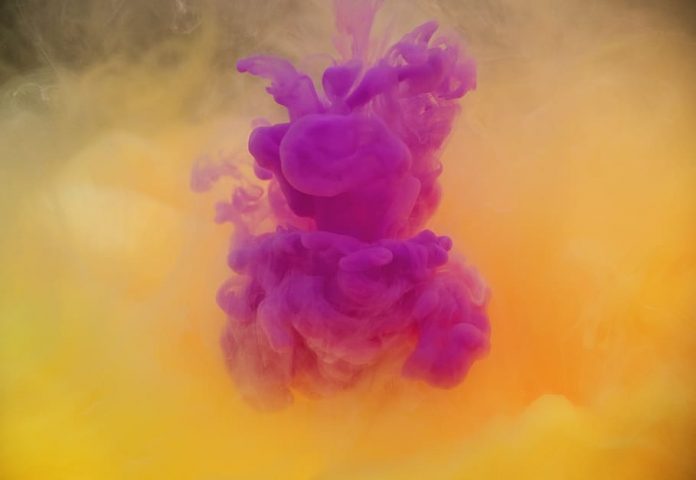KNN is a machine learning algorithm which is used for both classification (using KNearestClassifier) and Regression (using KNearestRegressor) problems.In KNN algorithm K is the Hyperparameter. Choosing the right value of K matters. A machine learning model is said to have high model complexity if the built model is having low Bias and High Variance.
We know that,
- High Bias and Low Variance = Under-fitting model.
- Low Bias and High Variance = Over-fitting model. [Indicated highly complex model ].
- Low Bias and Low Variance = Best fitting model. [This is preferred ].
- High training accuracy and Low test accuracy ( out of sample accuracy ) = High Variance = Over-fitting model = More model complexity.
- Low training accuracy and Low test accuracy ( out of sample accuracy ) = High Bias = Under-fitting model.
Code: To understand how K value in KNN algorithm affects the model complexity.
# This code may not run on GFG ide # As required modules are not found. # Import required modules import matplotlib.pyplot as plt from sklearn.datasets import make_regression from sklearn.neighbors import KNeighborsRegressor from sklearn.model_selection import train_test_split import numpy as np # Synthetically Create Data Set plt.figure() plt.title('SIMPLE-LINEAR-REGRESSION') x, y = make_regression( n_samples = 100, n_features = 1, n_informative = 1, noise = 15, random_state = 3) plt.scatter(x, y, color ='red', marker ='o', s = 30) # Train the model. knn = KNeighborsRegressor(n_neighbors = 7) x_train, x_test, y_train, y_test = train_test_split( x, y, test_size = 0.2, random_state = 0) knn.fit(x_train, y_train) predict = knn.predict(x_test) print('Test Accuracy:', knn.score(x_test, y_test)) print('Training Accuracy:', knn.score(x_train, y_train)) # Plot The Output x_new = np.linspace(-3, 2, 100).reshape(100, 1) predict_new = knn.predict(x_new) plt.plot( x_new, predict_new, color ='blue', label ="K = 7") plt.scatter(x_train, y_train, color ='red' ) plt.scatter(x_test, predict, marker ='^', s = 90) plt.legend() |
Output:
Test Accuracy: 0.6465919540035108 Training Accuracy: 0.8687977824212627
Now let’s vary the value of K (Hyperparameter) from Low to High and observe the model complexity
K = 1
K = 10
K = 20
K = 50
K = 70
Observations:
- When K value is small i.e. K=1, The model complexity is high ( Over-fitting or High Variance).
- When K value is very large i.e. K=70, The model complexity decreases ( Under-fitting or High Bias ).
Conclusion:
As K value becomes small model complexity increases and as K value becomes large the model complexity decreases.
Code: Let’s consider the below plot
# This code may not run on GFG # As required modules are not found. # To plot test accuracy and train accuracy Vs K value. p = list(range(1, 31)) lst_test =[] lst_train =[] for i in p: knn = KNeighborsRegressor(n_neighbors = i) knn.fit(x_train, y_train) z = knn.score(x_test, y_test) t = knn.score(x_train, y_train) lst_test.append(z) lst_train.append(t) plt.plot(p, lst_test, color ='red', label ='Test Accuracy') plt.plot(p, lst_train, color ='b', label ='Train Accuracy') plt.xlabel('K VALUES --->') plt.title('FINDING BEST VALUE FOR K') plt.legend() |
Output:
Observation:
From the above graph, we can conclude that when K is small i.e. K=1, Training Accuracy is High but Test Accuracy is Low which means the model is over-fitting ( High Variance or High Model Complexity). When the value of K is large i.e. K=50, Training Accuracy is Low as well as Test Accuracy is Low which means the model is under-fitting ( High Bias or Low Model Complexity ).
So Hyperparameter tuning is necessary i.e. to select the best value of K in KNN algorithm for which the model has Low Bias and Low Variance and results in a good model with high out of sample accuracy.
We can use GridSearchCV or RandomSearchCv to find the best value of hyper parameter K.
<!–
–>




























Please Login to comment…